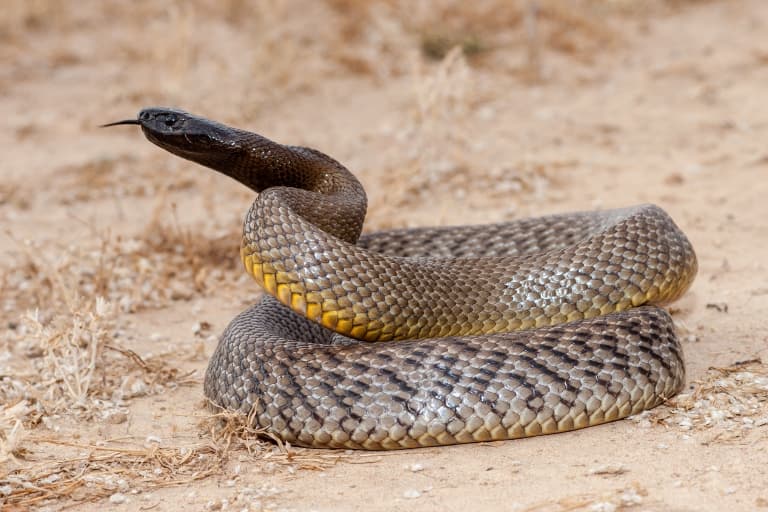

Myotoxicity, also mediated by phospholipase A2, has been documented in several cases, as has thrombotic microangiopathy, which is likely a secondary consequence of VICC. The primary clinical sequelae of taipan bites to humans are neurotoxicity, mediated by pre-synaptic phospholipase A2 toxins and venom-induced consumption coagulopathy (VICC) caused by a procoagulant toxin complex. Venom: Taipan venoms are amongst the most potent (against lab mice) snake venoms known. Reproduction: All three species are oviparous, the species for which documented clutches exist produce 3-20 eggs. Habitat: Taipans primarily occur in open habitats such as deserts, floodplains and grasslands, but coastal taipans are also found in savannah woodland, dry sclerophyll forest, oil palm plantations and cane fields.Īctivity: Primarily diurnal, occasionally crepuscular or nocturnal.ĭiet: Primarily mammals, from mice and rats to bandicoots. canni, but given the closeness of its relationship to the Australian coastal taipan, many authorities no longer recognize this subspecies. The Papuan taipan was formerly classified as O. scutellatus) also occurs in southern New Guinea. No bites to humans have been recorded and preliminary analyses indicate that its venom is quite different to that of the other two taipans.ĭistribution: Northern and eastern coastal and central Australia, and southern New Guinea (see species accounts for further details).ĭistinguishing characteristics: Large, slender-bodied, long-tailed, with smooth scales in 21-23 rows, six supralabials, temporolabial present or absent.Īustralian species: Three, two endemic, one ( O.

Little is known of the ecology of the western desert taipan, although it apparently feeds on mammals, like the other members of its genus. It was formally described as Oxyuranus temporalis (western desert taipan) in 2007. Closer inspection revealed it to be a new species and molecular analysis confirmed that it was in fact a third species of taipan. In 2006, a snake that was initially assumed to be a small western brown snake ( Pseudonaja “nuchalis”) was caught in the desert east of the Walter James Range in Western Australia. Taipan antivenom was first developed in 1955 and has saved many lives in both Australia and Papua New Guinea since that time. Such was the need for antivenom, however, that a young man by the name of Kevin Budden risked and ultimately lost his life capturing one of the first taipans to be milked he was only twenty years old at the time of his death in 1950. It is claimed that the death rate following taipan envenomation was 100% prior to the development of antivenom, although it is impossible to verify this statistic. Coastal taipans have a reputation for being highly strung and will bite, sometimes repeatedly, with little apparent provocation. scutellatus), on the other hand, has been responsible for numerous fatal bites in Australia and continues to be a major public health issue across the Torres Strait in New Guinea. Based on the original LD50 (the amount of venom that kills 50% of mice in the study cohort) data, and multiple subsequent studies that have corroborated it, along with the documented venom yield for milked specimens, it is possible to arrive at a startling calculation – the inland taipan apparently produces enough venom to kill 250,000 mice with a single bite! Despite this alarming fact, however, the inland taipan certainly does not rank amongst the world’s most dangerous snakes, as there is not a single recorded human fatality to its credit. Today, almost 40 years later, it retains its title as “world’s most venomous snake”. At least some of this fame is due to the fact that, in an influential study published in 1979, the venom of the inland taipan ( Oxyuranus microlepidotus) was the most toxic of all snake venoms tested. The taipans are amongst the world’s most notorious venomous snakes, with a larger-than-life reputation that rivals that of Africa’s black mambas and Asia’s king cobra.


 0 kommentar(er)
0 kommentar(er)
